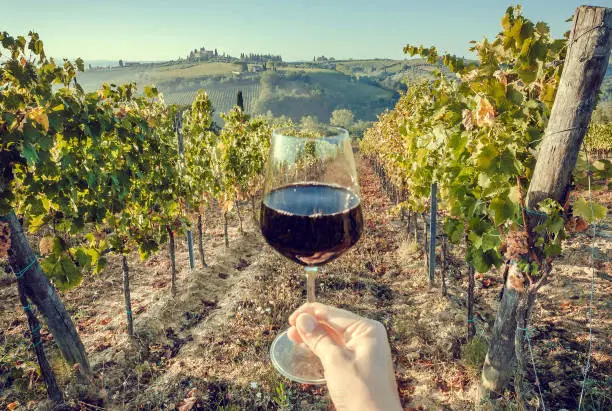When someone mentions United States wine regions, the mind usually travels to Napa Valley in Northern California or the Finger Lakes in New York. As world-class as those wine regions are, they’re not the only places in the country making excellent wine. Some of the top locations are harder to find but no less outstanding.
Here are five low-profile regions in the U.S. that are making some of the best wine in the country.
1. Willamette Valley, Oregon
Wineries in northern Oregon are getting a lot more attention these days. In fact, in 2016, Willamette Valley was named Region of the Year by “Wine Enthusiast” magazine. Still, the region in the northern part of the state doesn’t leap out as a destination for the amateur sommelier.
Willamette Valley’s reputation for Pinot Noir wine is especially strong. Pinot Noir grapes tend to thrive in cooler environments, especially in the evening. The elevation, nearby coastline, and topography of the valley support microclimates that suit grape growing quite nicely.
2. Augusta, Missouri
The tiny town of Augusta, Missouri, may pass unnoticed by drivers on Highway 94. But believe it or not, in 1980, the area around Augusta became the first federally recognized grape-growing region in the United States. In the last couple of years, thanks to a major investment by David Hoffmann and family, Augusta has put itself on the winery map.
Augusta is most famous for growing Cynthiana, also known as the Norton grape. This fruit is especially good for making sweet, dry red and rosé wines. Other strains of grapes like Chambourcin and Seyval Blanc are thriving in Augusta as well.
3. Texas Hill Country
Bordered by big cities Austin and San Antonio, Texas Hill Country is picturesque and enchanting. It’s also one of the most fertile wine regions in the nation. Local vineyards began to thrive once growers centered on grapes suitable for its climate — namely, grapes with origins in Italy, Spain, and the Rhône River in Europe.
Today, well-known Texas wineries like Ron Yates Wines and Duchman Family Winery are tourist destinations for those looking for unusual (and somewhat expensive) vintages. Texas Wine Central claims that over a million tourists visit the Hill Country’s wineries every year.
4. Newport, Rhode Island
Newport is not just in the smallest state in the country. It’s also on the edge of Aquidneck Island in Narragansett Bay on the Atlantic, so it’s even more remote. The combination of water and ample sunlight reflected on the water is an ideal wine-making environment.
Vineyards in and around Newport are known for tasty white and red wines; Landor Noir, a red, is a particular and rare specialty. Rhode Island is one of only four U.S. states that grows its grapes. Newport serves as the unofficial gateway to other emerging wine regions in New England.
5. North Carolina
There are several unique, up-and-coming wine regions in the Tar Heel State — so many that the whole state is basically a wine region.
The Appalachian High Country in the northwest part of North Carolina is good for grapes that thrive in the cold, like Gewürztraminer and Cabernet Franc. Nearby Yadkin Valley is especially known for hot summers and harsh winters, which suit Chardonnay, Merlot, and Cabernet Sauvignon grapes.
The Swan Creek region inherits its climate from the nearby Blue Ridge Mountains — this climate is good for grapes used in making Bordeaux. Other official wine regions in North Carolina include Haw River and the Upper Hiwassee Highlands.
Hidden Gems in the Wine Landscape
Small, emerging vineyards are changing the wine industry across the United States. It’s always worth the extra legwork to find under-the-radar wineries in the most unexpected places.




